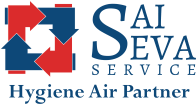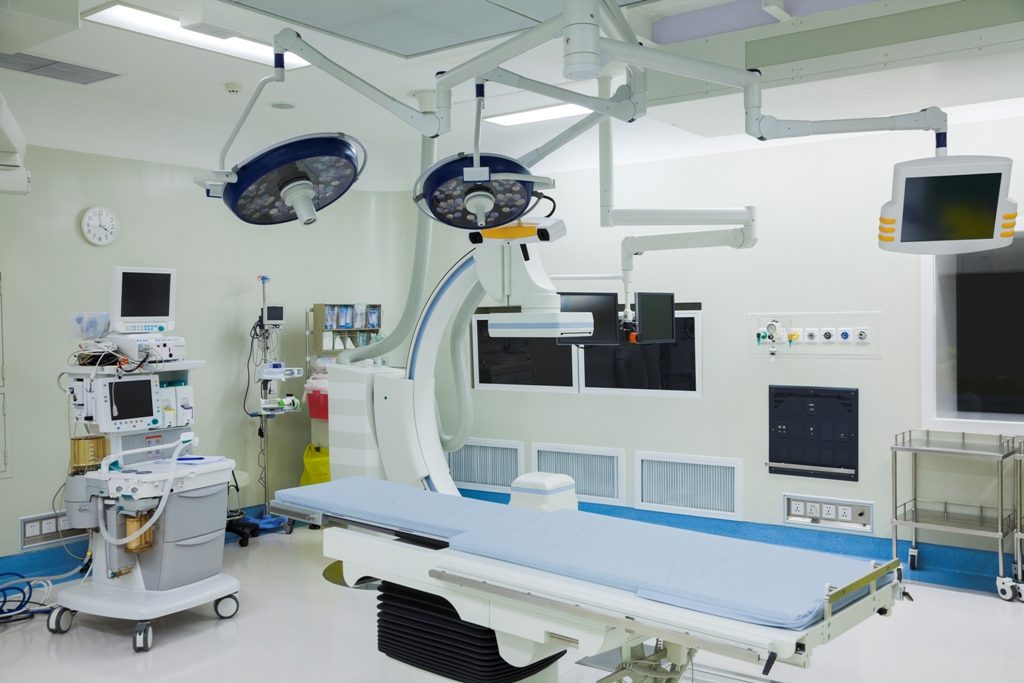Among all the industries, one of the most important is medical and healthcare infrastructure. And among this, what’s even more crucial is the operation department. To carry the operations seamlessly and eliminate any risks associated with surgical procedures, modular OT (operation theatre) is designed.
What are NABH Guidelines for Modular Operation Theatre?
NABH has set specific standards and guidelines to be followed by all hospitals and make smart investments. But, before knowing these NABH guidelines for modular operation theatre, let us walk you through NABH and its standards.
NABH is responsible to overlook the accreditation programs and quality standards for healthcare organizations.
The up-gradation of these standards is done every 5 years, considering all aspects right from maintenance to personnel hiring.
NABH Guidelines for Modular Operation Theatre in India
Among these, a critical area is the accreditation of operation theatre. OT is the place in hospitals where medical professionals carry out interventional procedures in a sterile environment.
A constant check is done for the infiltration of contaminants or airborne particles. Additionally, the installation of HEPA filters or Laminar Airflow is done for supplying clean air in the OT.
A modular OT is an upgraded version of the OT in which seamless integration of systems having ceiling panels and modular walls is done.
As per the NABH OT guidelines, they are classified into two types:
- Type A: This is also named the Super-speciality OT. In this, surgical proceedings including neurosurgery, orthopedic surgery, transplant surgeries, etc. are carried out.
- Type B: These are also called general OT. In these, less critical surgeries are carried out, including IVF, day-care procedures, ophthalmology among other general proceedings.
Modular OT: Values defined under NABH standards
- There should be a provision of value-added services that are credible
- The services should constantly be improvised
- The stakeholders hold the right to get complete information along with open communication
- To enhance the services provided, there should be constant incorporation of creativity and learning processes
NABH OT Guidelines: Operation Theatres
The following aspects should be kept in consideration when planning the design for the modular OT:
- Every modular operation theatre should have a dedicated Air Handling Unit (AHU). This should not have any link with air conditioners of other areas.
- No OT should have a split or window A/C. These can be a direct pocket for microbial growth and the spread of infection.
- The paint used in these rooms should be antifungal and antibacterial.
- The OT door should be automatic, touch-free (if possible) and sealed.
- The general lights should be cleanroom.
- Safety precautions must be taken against the static charges.
- For equipment like a laser, there should be an installation of a separate power circuit.
- The flooring, ceiling and walls should be anti-static. Following this, its regular cleaning should be done being smooth and non-porous.
Air conditioning guidelines for modular OT
The modular operation manufacturers must keep the following guidelines into consideration during the installation process of A/C:
- There should be a standard occupancy of 5-8 people.
- The standard equipment load should range between 5-7 kW. With this, a lightning load of 1 kW needs to be considered.
- For super specialty OT, the load can be extended to 7-9 kW.
- While designing this system, special care must be taken for humidity and ambient temperature.
Requirements for a general OT
The various factors to be considered as per the NABH OT guidelines for a general OT include the following: Air change per hour:
- According to the international guidelines, there should be a minimum air change of 20. However, this can also differ on the basis of location and biological load. Among these, the fresh air component is supposed to be a minimum of 4 fresh air changes out of 20.
- Positive pressure:
It is required to constantly maintain a positive pressure between the OT and the outside areas. These are crucial to prevent the entry of outside air inside the OT zone. The minimum pressure that must be maintained is 2.5 Pascal.
- Air filtration:
The OTs should have well-maintained 2 filtration levels having all efficiencies as mentioned above.
- Humidity and temperature:
Inside the OT, the temperature should be around 21℃ (+/-3). While the relative humidity in this area should be in the percentage of 20-60%. Installation of appropriate devices must be done in the area to keep a check on the temperature and humidity levels.
System maintenance in modular OT- NABH OT Guidelines
The maintenance standards include the following:
- The Air Handling Unit (AHU) blower should be operational round the clock, even during non-functional hours.
- For energy conservation, the installation of variable frequency devices (VFD) can be done.
- The air changes can be made, but keeping in consideration that positive pressure is maintained.
- The system validation should be carried out based on the ISO 14664 standards.
- These should include a temperature and humidity check, calculation of air change rate, pressure differential levels in the OT, validation of HEPA filters by carrying out appropriate tests.
- Preventive system maintenance should be carried out in regular time intervals, especially cleaning every 15 days. Other maintenance should be done as guided by the modular operations manufacturers.
Are you wondering where to get the modular OT and other equipment from? We at Sai Seva Service are among the most trusted modular operation manufacturers. We offer an array of premium products matching the consumer requirements.
Wrapping up
If you want to build a well-designed and durable modular OT, Sai Seva Service is here for you. Also, do not forget to keep the NABH OT guidelines in consideration during the process. After all, OTs need a highly sterile environment.

